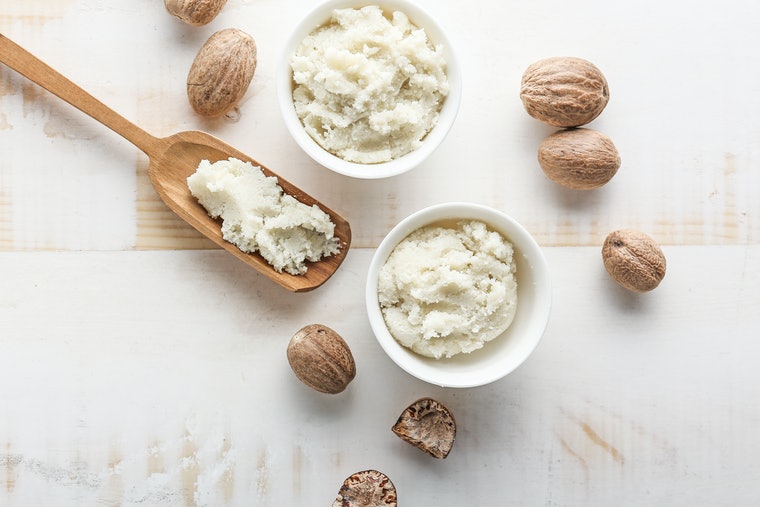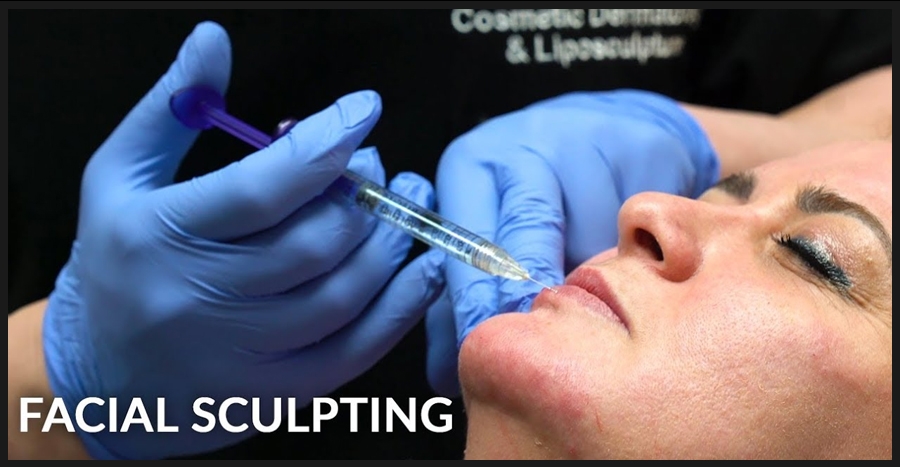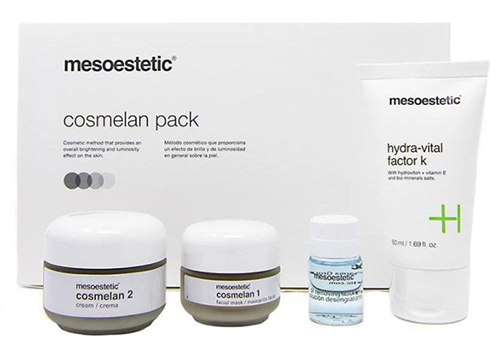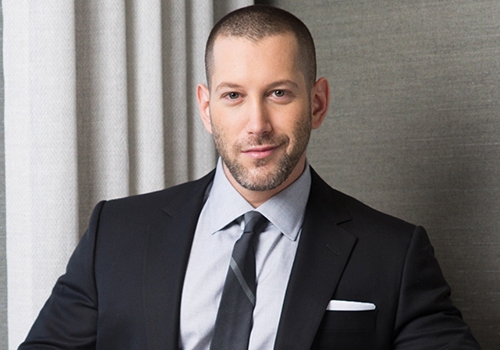
With new products, brands, and categories popping up every day, beauty can be a bit overwhelming. Back to Basics is our rudimentary beauty series that serves as your crash course on the science behind some of the best formulations in the game.
There’s something innately comforting about the name, and the enticing, skin-conditioning benefits only confirm the suspicions. Shea butter in skin care is a well-known and widely used moisturizing agent found in many of your favorite products with good reason. It works! The super-hydrator helps to prevent moisture loss by acting like a natural sealant to protect and nourish the skin with a blanket of skin-coddling goodness that leaves your skin feeling buttery soft. It’s also an ingredient rooted in culture, playing an empowering role in the success of women around the globe, which only adds to the feel-good benefits. Whether you’re a shea butter addict who slathers it on daily, or a less familiar skin care aficionado in search of pampering winter skin relief, shea butter is certainly deserving of a permanent spot in your starting lineup. To dive even deeper, TZR consulted a group of skin care experts to explain why shea butter is a noteworthy beauty staple.
First, let’s start at the root. “Shea butter comes from the nuts of karité trees that grow in Africa and the fats and vitamins are extracted for their skin-healing properties,” explains Dr. Jason Emer, M.D., a Beverly Hills-based cosmetic dermatologist, to TZR. “It has very high concentrations of fatty acids and vitamins which make it a great ingredient for hydration, barrier protection, and skin renewal,” he explains. Which is precisely why beloved brands like Burt’s Bees and L’Occitane place this ingredient at the center of their formulations and the reason why people love slathering these shea butter moisturizers on head-to-toe daily.

So what’s the science behind this skin-coddling goodness? “Shea butter is an emollient made of triglycerides (fatty components) that help to protect the skin and keep it hydrated,” Dr Papri Sarkar, M.D., a Massachusetts-based dermatologist, tells TZR. “In the top layer of the skin called the stratum corneum, dead skin cells and lipids make up the “brick and mortar” structure of the skin,” she explains. “When skin is dry, cracked, and flaky, there are spaces and cracks in this top layer of skin where the mortar has worn away. Emollients help to fill the cracks and spaces in the brick and mortar structure so it’s more protected and doesn’t dry out as quickly,” she adds. Shea butter also helps to make the surface of the skin look smoother and leaves it feeling supple and pampered, adding instant relief that quenches dehydrated skin.
There’s a reason shea butter is also a reliable go-to to help soothe dry, cracked winter skin. “I really love it as an ingredient in winter moisturizers because it is not only an extremely effective fatty skin barrier, but it is also a humectant, meaning it draws water to the skin from humidity in the air and effectively retains it there, maintaining skin hydration,” Dr. Arash Akhavan, M.D., Founder of the Dermatology and Laser Group in NYC, shares with TZR. Dry winter skin can also lead to a slew of irritations, skin inflammation, and eczema. “Shea butter has natural chemicals in it that have been shown in some studies to be both anti-inflammatory and antimicrobial, making shea-based moisturizers ideal for skin that can benefit from its extra-soothing properties,” she adds. To help give some perspective on just how beloved these shea butter formulas are: A tube of L’Occitane’s best-selling Shea Butter Hand Cream sells every two seconds around the world, and its shea butter products account for 21% of the brand’s global sales, the label shares with TZR.
Shea butter is also an ingredient that plays well with others. “Shea butter is often combined with ingredients such as peptides, growth factors, niacinamide, ceramides, hyaluronic acid, retinol to give more improvement in the overall quality of the skin,” explains Emer to TZR. It also packs a laundry list of anti-inflammatory and healing properties that help to tone, condition, and decrease inflammation. “Shea butter also has vitamin A which helps to restore elasticity in the skin and reduces blemishes and wrinkles, so adding this ingredient to any anti-aging cream gives it a secondary benefit of cell renewal and collagen production,” he adds.

The rich origin of shea butter goes even deeper, rooted in the foundation of female-powered communities across Africa. “Known as “women’s gold” in the African countries where it’s harvested, shea butter is an important source of income for women in remote villages who collect the nuts, roast the kernels, and extract the butter,” Shannon Hess, Associate Director, Responsible Sourcing, at Burt’s Bees shares with TZR. It’s also a huge part of the success of brands like L’Occitane who work with communities of women across Burkina Faso to source shea butter for their beloved formulas. Both brands have set up programs that not only help to protect and preserve the land’s natural resources, but also empower and employ thousands of women across the region. “The story of L’OCCITANE and shea butter is a success story. Today, we can proudly say that there are over 10,000 women involved in our shea butter supply chain – which is incredible when you think that there were just a few dozen at first in the 1980’s!” shares Justine Humbert, L’Occitane Biodiversity Specialist with TZR.
We only include products that have been independently selected by TZR’s editorial team. However, we may receive a portion of sales if you purchase a product through a link in this article

Winter, spring, summer or fall, shea butter’s skin pampering benefits can be a welcome blanket of comfort to anyone in need of hydration and soothing. Then there’s the added feel-good factor of being part of a bigger picture supporting women around the world which we can certainly get behind. Here’s some of our favorite shea butter formulas to try now.



























